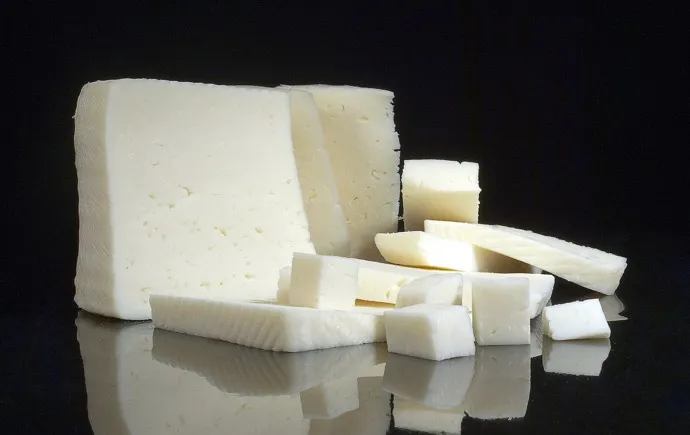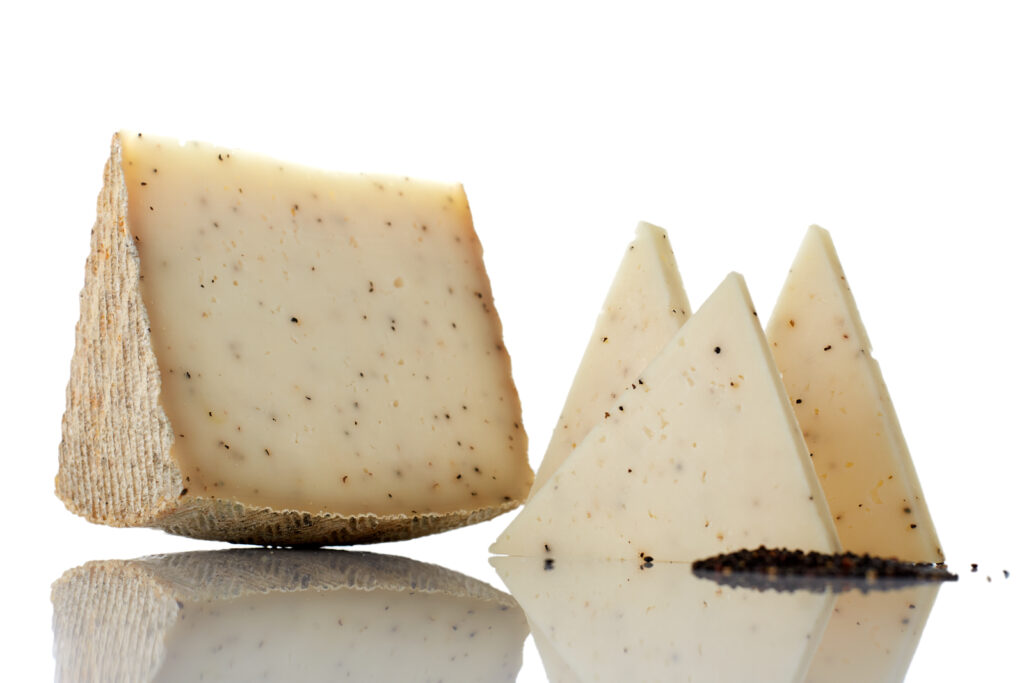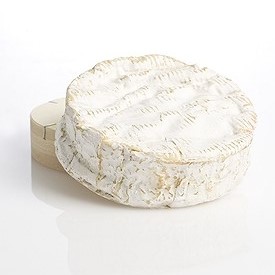Cheese preservation

Cheeses are a pleasure for the senses and a culinary delight that deserves to be enjoyed at its best. However, to maintain their optimum freshness and flavor, it is crucial to understand how to preserve them correctly. From soft, creamy cheeses to firmer, aged varieties, each type requires specific care to prolong its shelf life and preserve its quality.
Surely you have ever wondered what would be the best way to preserve cheese in our homes; well, it all depends on the type of cheese we have.
In this article, we’ll tell you some practical tips for storing your favorite cheeses properly.
- Adequate storage:
Temperature: Temperature plays a fundamental role in the preservation of cheeses. Most cheeses are best stored at a cool temperature, but not too cold. Ideally, keep them between 5-10°C. Avoid storing them in the freezer, as this may alter their texture and flavor.
Wrapping: Wrap your cheeses in parchment paper or waxed paper to allow them to breathe. Avoid plastic, as it can trap moisture and encourage the growth of unwanted molds.
Proper packaging: If you are storing several cheeses together, it is advisable to keep them in an airtight container to prevent odors from transferring between them.
- Moisture management:
Fresh and soft cheeses: For fresh cheeses such as queso fresco or goat cheese, it is important to keep them refrigerated and wrapped in absorbent paper to control moisture and prevent mold formation. As a tip you can use baking paper, it is one of the most useful to keep fresh cheese in good conditions.
Hard and aged cheeses: Firmer cheeses, such as Parmesan or aged cheddar, may benefit from a slightly more humid environment. Place them in an airtight container with a slightly damp cloth to prevent them from drying out.

- Avoid cross-contamination:
Separation of flavors: Storing different types of cheese in separate containers helps prevent flavors from mixing with each other. Strongly flavored cheeses, such as blue cheese, can easily transfer their flavor to other milder cheeses if stored together.
- Rotation and timely consumption:
Optimal freshness: Fresh cheeses, such as mozzarella or goat cheese, should be consumed within a few days after opening to enjoy their best flavor and texture.
Aged cheeses: Aged cheeses can keep for weeks or even months if stored properly. However, it is important to check them periodically for signs of deterioration, such as mold or changes in odor.
- Additional tips:
Gradual thawing: If you have accidentally frozen a cheese, thaw it slowly in the refrigerator to minimize sudden temperature changes that could affect its quality.
Using leftover cheeses: Leftover cheeses can be transformed into delicious recipes, such as cheese sauces, gratins or pie fillings. Make the most of your cheeses and avoid wasting them.
Refining cheeses: If you want to keep a cured cheese for a long time, we advise you to refine it and keep it in olive oil, so that in addition to maintaining its flavor, it can acquire those that you like the most… such as, for example, some spices.
- Tricks to kill mold and mildew:

In this section we do not refer to cheeses such as Roquefort or Camembert, for example, where the mold has formed during the production process, but we want to focus on those cheeses that have mold because they are moist or have been in a container for a long time.
In the case of semi-cured, cured or aged cheeses, which have a hard rind, it is more difficult for the mold to penetrate inside, so it would be sufficient to remove the affected area, always a little inside the limit.
Proper preservation of cheeses is essential to maintain their freshness, flavor and quality. By following these simple but effective tips, you can enjoy your favorite cheeses at their best and avoid food waste.
You will also find pictures and the cool moments we lived in our networks our networks !
See you in the next blog friends! By the way, have you seen our last entry ?
